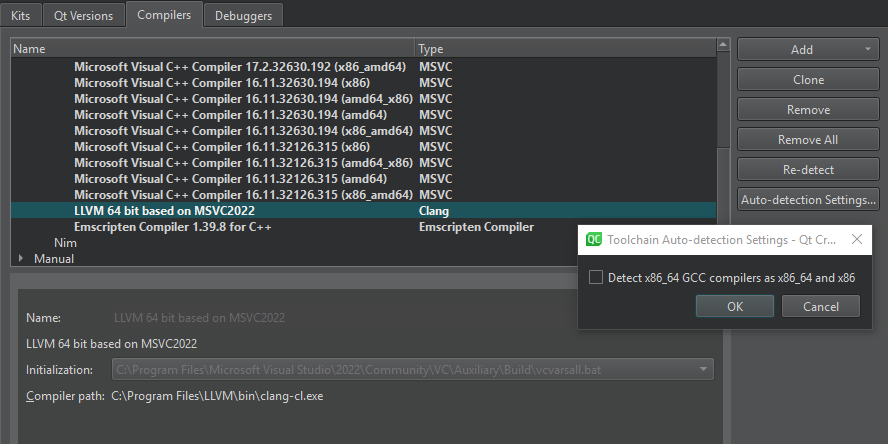Install Mpich Cygwin

Re: Install OpenMPI in cygwin. From: Marco Atzeri To: cygwin at cygwin dot com; Date: Thu, 26 Jun 2014 09:35:55 +0200. I'm new to MPI and I've been trying to install MPICH2-1.1.1p1 on a 32-bit Windows Vista Home Premium dual core Dell laptop with Cygwin, Cygwin. Video Copilot Designer Sound Fx. dll version 1.5.25-15. I've been able to configure, make and install a version of MPICH2. Also, the make installcheck runs successfully for all tests except the three logging library steps. Manual Frog Vle Pelajar.
Tutorial: LAMMPS with cygwin for beginners Installing and running LAMMPS in Windows using cygwin: A very basic tutorial for people who have never used UNIX Steve Byrnes, June 2010,. Cygwin is a UNIX system which runs within Windows, and therefore it is an easy way for a Windows user to customize, compile, and run LAMMPS without really learning UNIX and without needing to know C++. This is an alternative to installing LAMMPS through the Windows binary download.
The Windows binary download is usually easier, but there are some reasons you may prefer the cygwin method: • You need functionality that's not included in the windows binary, or otherwise need to customize the installation. • You need a UNIX interface anyway for other reasons. • The windows binary installation is not working properly for some reason. By the way, if you are serious about learning UNIX, maybe you should get a real UNIX system separate from windows (dual-boot, virtualization, etc.). Indeed, the key advantage of cygwin is to largely avoid learning UNIX!

Installing and getting familiar with cygwin First, install cygwin, a version of UNIX that runs within windows. Please refer to these helpful tutorials:,,.
As explained in these tutorials, during the cygwin installation, you're presented with many options of what to install or not install. If you have a huge hard drive and fast internet connection, you can just install everything. But a lot of this is stuff you don't need.
Personally, I followed the recommendations in, plus everything in 'Math' and 'libs' and 'System', to be safe, and maybe a few others. Read the tutorials for more details, and don't be afraid to run the installation more than once if you decide later on to install extra pieces. Once you have installed cygwin, run the 'cygwin bash shell' program in the Windows Start Menu. (It is possible to run cygwin through a graphical interface, but please don't. It doesn't help for what you'll be doing.) At the same time, open the 'cygwin user directory' through Windows Explorer (usually C: cygwin home [your name], unless you had to change it as explained in ). The files and folders that you access through the cygwin interface is exactly the files and folders that you see in the 'cygwin user directory' in Windows Explorer.
The configure step has probably determined that you don't have a working f90 compiler (or possibly a non-working f77 compiler, which is needed to get f90 in most cases). Make sure that you have a working f77 and f90 compiler installed (such as gfortran), then pass the following arguments to the configure step in addition to any arguments you were passing before: --enable-f90 --enable-f77 F77=gfortran F90=gfortran If this doesn't solve your problem, please send us the config.log, c.txt, and m.txt files as described in steps 4 and 5 of the README file.